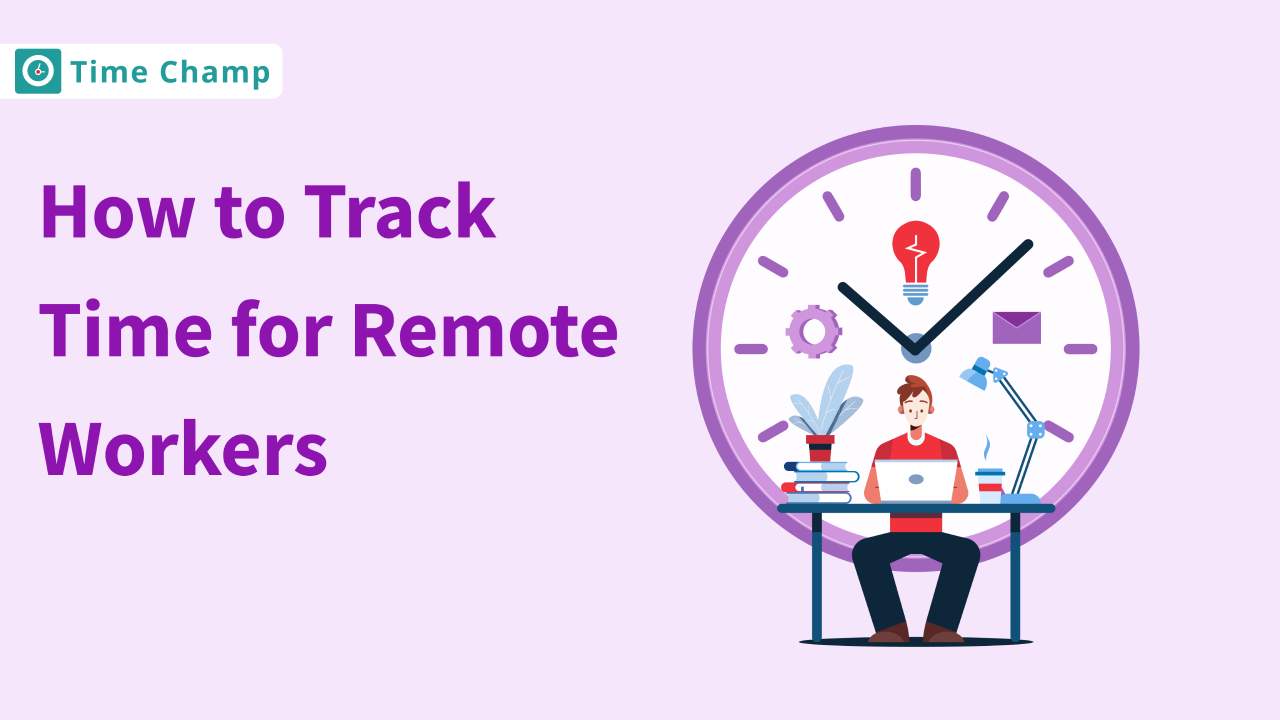Imagine a technique that not only allows you to schedule your time but also increases your productivity and efficiency by minimizing distractions.
Yes!! I’m talking about timeboxing.
In this guide, you will learn everything that you need to know about timeboxing. Let’s get started!!
What is Timeboxing?
Timeboxing is an effective time management technique where you allocate predetermined, fixed time periods (called “time boxes”) to complete tasks. It involves setting a time duration, such as an hour or 30 min, during which you focus on completing the particular task. If the set task is not completed, decide whether to allocate more time or schedule another session to complete it. Once the timebox expires, review your set task progress.
Two types of Timeboxing
Hard timebox:
A hard timebox is when you set a fixed time limit for a task or an activity and should stop working when you reach the set limit even if the work isn’t done. Once a timebox is done, you move on to the next task without focusing on the previous one. This focus shift helps you stay on track, with clear goals for each activity.
Example: Imagine you give yourself 30 minutes to check emails, and when the timer rings, you stop even if you’re not done.
Soft timebox:
Soft timeboxing is a time management method where you set a target time to work on a task or activity. If you haven’t finished the task when the time is up, you can extend the time limit. Unlike a hard timebox, which sticks strictly to the original time, a soft timebox allows for flexibility and adjustments.
Example: You might start working on a report and aim to finish in 1 hour. By the end of the hour you are almost done but need a few more minutes to finalize some details, you can take some extra time without feeling pressured to stop sharply.
How To Implement Timebox?

1. Identify Tasks
List down all the activities that you have to accomplish for the day. This could be replying to emails, etc.
2. Set Timeboxes
Decide how many minutes or hours you would like to spend on each activity. This helps you with time management and ensures that you spend sufficient time on each activity.
Example: Allocate 30 minutes for answering emails.
3. Focus and Work
Take the first task on the list and set a timer for the allocated time that you have planned for the particular task. It is recommended to concentrate on that particular task and try to avoid distractions.
Example: Keep focus on responding to emails.
4. Completion or Pause
When the timer rings, assess your work. If you managed to accomplish the task within the set time frame, go to the next task on your list. If not, decide whether to add more time to the timebox or plan for it later.
Example: After 30 minutes, see if you have replied to all the emergent emails that you received. If not, decide whether you need another 10 minutes, or if it can be done later.
5. Adjust as Needed
Be more flexible with your timeboxes. If you are done with a task earlier than estimated, take a break or start with a new task. If a certain task is going to take more time than was estimated, adjust the time accordingly.
6. Review and Reflect
Before you leave your workplace, just reflect on what you have done. Consider how effectively you managed to adhere to the timeboxes.
Benefits of Implementing Timeboxing
You may think about what benefits it even brings. However, it offers several benefits that can boost your productivity and efficiency in time management:
1. Improves Focus and Productivity:
Time-boxing planner makes sure that you are focused on the activities that are assigned. It reduces interferences and encourages efficiency within the given time frame. This approach is useful in increasing productivity as it eliminates the possibility of being distracted.
2. Enhances Time Management:
It is useful in time management because it allows you to predict how long a task will take and then schedule it accordingly. This prevents you from spending too much time on one task and assists in determining which tasks should be prioritized first.
3. Better Task Prioritization:
The timeboxing planner helps you to differentiate between important and activities that can be postponed. This method helps in being more organized in the management of tasks and time while the trivial tasks are handled as they should, without overshadowing the primary goals.
4. Increases Motivation and Momentum:
The fact that there is a deadline for a certain task is always a motivation to work even harder and more efficiently. It sets a pace and encourages to remain active during the work session.
5. Improves Work-Life Balance:
Timeboxing helps to separate the tasks and avoid overworking by setting a time limit. This approach helps in the achievement of the right balance between work and other activities because work is supposed to be done within scheduled hours.
6. Effective Meetings and Collaboration:
A timebox planner helps participants concentrate on the agenda items. It helps prevent meetings from going on for longer than the planned duration.
7. Encourages Creativity and Innovation:
It helps create ideas since it encourages innovation and enables you to develop solutions within a specified time.
How does Timeboxing Differ from Time blocking?
Timeboxing and time blocking are two different techniques of time management but there exists a slight difference between each other:
Time Boxing
Time boxing is a process of allocating a certain amount of time to a particular task or activity.
For instance, you may choose to spend 30 minutes on a particular project or no more than 15 minutes on replying to emails.
The purpose is to remain on track and avoid getting stuck on a particular task.
Time Blocking
Time blocking, on the other hand, is a time management technique where you plan out your entire day in advance, allocating specific time slots for different activities.
For instance, you could set 9 AM to 12 PM for project tasks, 1 PM to 3 PM for emails, and 4 PM to 6 PM for meetings. It includes breaking down your day into manageable chunks of time to stay organized throughout the day.
Both techniques help you keep track of your activities and be efficient. Some people like time boxing because it helps them stay on track and does not allow tasks to drag on for too long. Some people use time blocking because they can organize their day in a better way by scheduling a particular time for a particular activity.
Tips for Successful Timeboxing
Many people implement timeboxing, but it may not work out well for some of them. Some may quit this plan because they feel it might not work for them. However, little do they know that there are simple tips that can help create a successful timebox.
Here are some tips that will help you:
1. Set Clear Goals
Before you begin timeboxing, define the goals that you want to achieve during the timebox. For instance, it could include progressing on project milestones, completing specific tasks, etc. Clear goals help you to stay focused and provide a sense of direction.
2. Choose Appropriate Time Intervals
Make sure that the timebox duration aligns with the nature of the tasks you are working on. There are several time intervals and considerations that you can choose according to your task.
- Pomodoro Technique: It is a time management method developed by Francesco Cirillo in the late 1980s. This technique is introduced to improve productivity and focus. Select a task you want to work on. Set a timer for 25 minutes (one pomodoro). During this time, focus on the task without any distractions. When the timer rings after 25 minutes, take a short break of 5 minutes. After the break, return to your task with another pomodoro.
- Longer Intervals: Some people like to spend 60 – 90 minute time intervals for tasks that need deeper focus. These longer time intervals help to focus on complex tasks that require deep understanding.
- Customization: Adjust the timebox duration according to your needs. Find a balance that allows you to work without burning out. If you find yourself stressed when you are working, it is recommended to extend the duration for smooth going.
3. Use a Timer:
I highly recommended to use a timer whenever you create a timebox. Remember creating a timebox isn’t a general thing, you are aiming to complete a specific task within a period. The timer helps you to stick around the task and notifies you when the time is over. Instead of constantly checking your phone or rushing to your next appointment, you can focus on tasks and get into a productive rhythm.
4. Prioritize Tasks:
When you assign tasks to timeboxes, arrange them based on their importance and level of urgency. Start with the important activities. It is a way of organizing your tasks and ensuring that you deal with the most important things as soon as possible. This way, you do not waste time on things that are not important and your high-priority work gets done without any interruption. It also enables you to be more organized and efficient in your day-to-day activities.
5. Eliminate Distractions:
To eliminate distractions, create an environment that maximizes productivity:
- Notifications: Turn off notifications to avoid interruptions.
- Close Unnecessary Tabs: Open the tabs and resources that are relevant to your tasks.
- Noise Management: It’s better to find a quiet place to block out distractions.
6. Take Breaks:
Have breaks between timeboxes to avoid burnout and maintain focus and energy levels throughout the workday. It is a way of giving your mind a break from the intense concentration that is required in doing a particular task.
For example, work for 45 minutes and then take a 15-minute break. This setup ensures that each hour is effectively utilized for your timebox, balancing focused work with regular periods of rest. Such breaks are not only useful in avoiding mental exhaustion but also in maintaining physical health.
7. Reflect and Learn:
After each timebox, assess whether you have achieved the set goals efficiently. Highlight any issues that have interfered with your productivity during the session. This reflection enables you to identify the areas that require improvement. If you have to change the way you time-box, then it is possible to alter the time intervals for the tasks, improve the focus techniques, or optimize the priority of the tasks depending on their importance and urgency.
Conclusion
Timeboxing is a good technique of time management that involves the allocation of certain periods for certain tasks. It keeps you on track and efficient while also providing the ability to be somewhat fluid in your approach. When you apply time-boxing, you can work effectively, minimize stress, and have a healthy work-life balance.
No, time-boxing can be used to schedule work and personal activities. Whether it is preparing for exams, or exercising, it is useful in focusing and managing time.
Divide the larger tasks into sub-tasks within the timebox. It is important to keep motivation high and that is why it is recommended to celebrate every small success.
Yes, it can be used in conjunction with other methods such as the Pomodoro Technique (where one works for 25 minutes and takes a break), or the Eisenhower Matrix (where tasks are sorted by their importance and urgency).
Spend the rest of the time to edit and enhance the work done or to prepare for the next assignment. If the timebox is up, take a short break before beginning the next timebox.
It is important to respect the time limits set but also to be flexible. If required, you can change the timeboxes according to the complexity of the task or any other contingency for better efficiency.






